On July 16, 2010, Instagrams CEO and co-founder Kevin Systrom posted the first photo on the social app. To date, over 40 billion photos have been shared according to Brandwatch.com. For many users, photography is a part of their everyday life - a kind of lifestyle. Social media are a competitive arena for the best photo, the most likes and the most followers. Franz Sußbauer has tips for you on how to get the most out of your landscape photo.
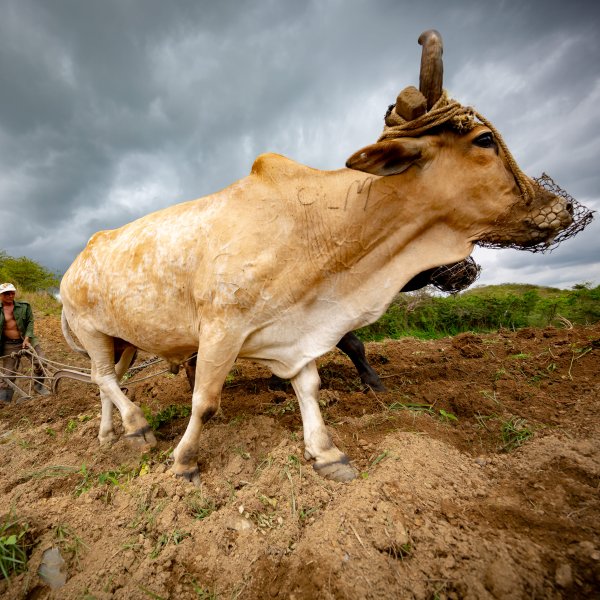
Franz Sußbauer is a calm character. He is friendly and reserved. Not as if he wanted to be the centre of attention. But when he talks about photography, you can clearly feel that this art is his passion. Actually, he is an architect, but with his photos he has become a semi-professional and has been invited to several exhibitions. He started out like any hobby photographer: out of fun with (outdoor) motifs. He has six tips for you on how to create the perfect landscape photo.
A photo should always focus on what you really want to present.
If the motive is too small, you might have been too far away. The motto is, move! Try out which angle, which distance is the best. Over time you will discover some positions that work well again and again.

The upper image focuses on the colors of the sky. The smoke of the fire is rather in the background and hardly recognizable. In the following photo, not only the mood is different, but also the focus is clearly on the theme of the picture: A fire in the middle of the city.
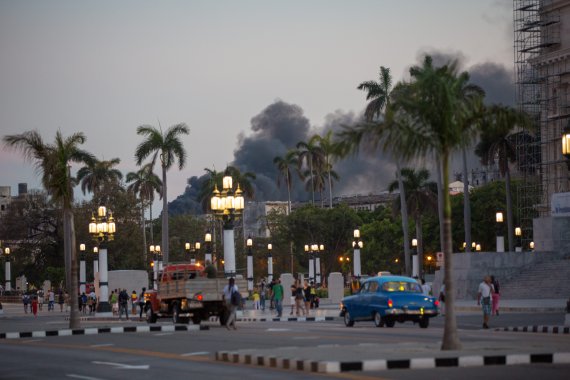
Franz Sußbauer took the photo of the fire on a journey through the Caribbean. The picture was taken in the capital of Cuba, Havana. The following pictures were taken in a rural area of Cuba.
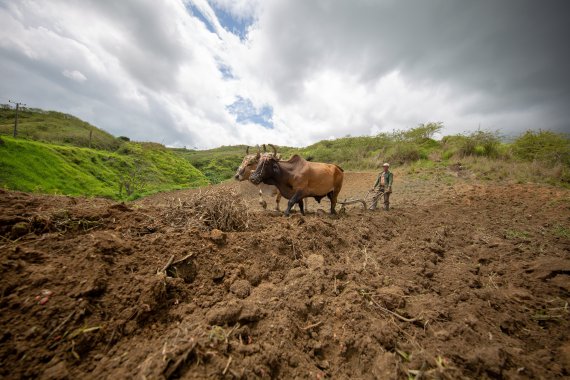
The contrast couldn't be clearer: The first photo was taken with a half total. In the second picture the animal is in the foreground. Thus it becomes clear what it is about and the photo looks more alive at the same time.
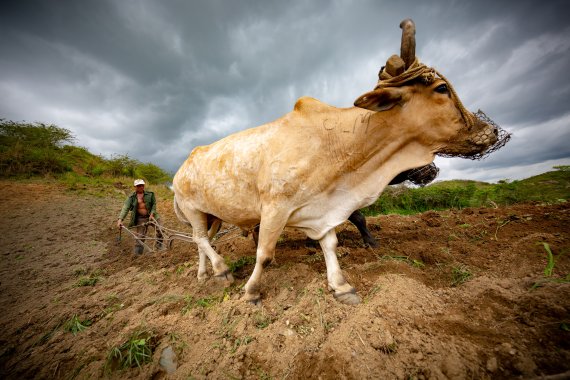
As long as you've got one! You can also take excellent and expressive pictures with your mobile phone. The only important thing is that the external conditions are right. Only night photography is difficult with most mobile phone cameras. The image noise is often too strong.
Try to make your photo special somehow. An easy way is to get in a special position. Photograph your motif while lying down, kneeling, squatting or climbing up somewhere. A few leaves in the foreground often make a picture look more alive.
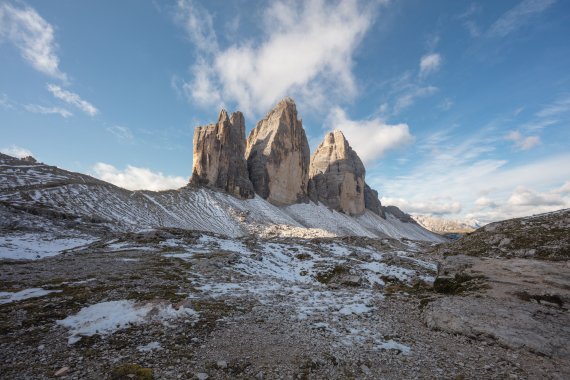
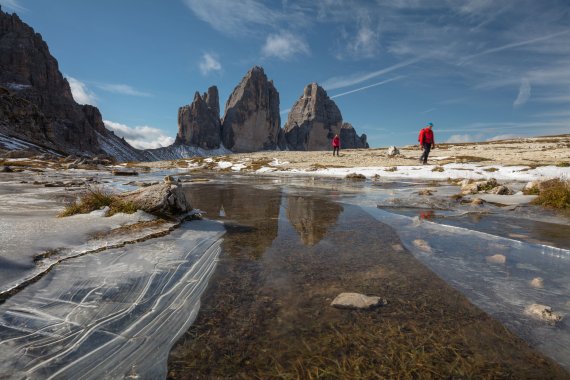
If you fancy more expensive equipment, Sußbauer recommends beginners to work with only one focal length for one month. For example with a focal length of 50 mm or 100 mm. The idea: The photographer becomes more creative because he has to move.
This is mainly true for landscape photography. In the morning and evening, you can capture the more interesting light moods. When the sun is at its highest at noon, the successful photographer usually has a siesta. The following picture shows the importance of the right time.
Franz Sußbauer knows from his own experience: "If you want to capture the perfect light, you have to get up at 3 o'clock in the morning to get to the photo spot in time. The ambitious photographer has even spent the night on a sleeping mat in the mountains so he would not to miss the sunrise.
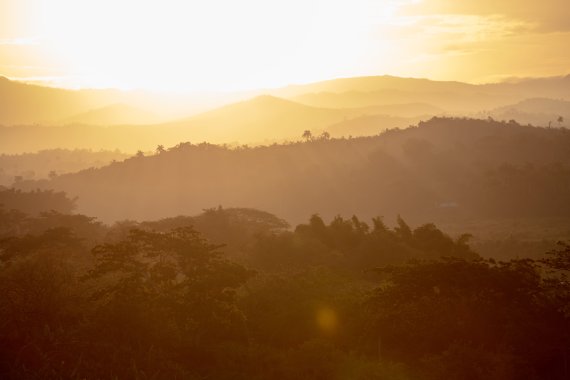
This rule-of-thumb comes from the days of analog photography, when everything had to be set manually. For aperture eight, 1/125 sec exposure time was set at 100 ASA (today ISO) and you had a well exposed photo. This set-up is also a good guideline for digital cameras.


